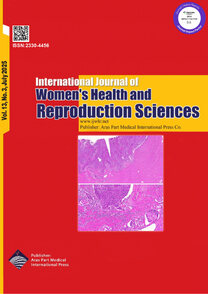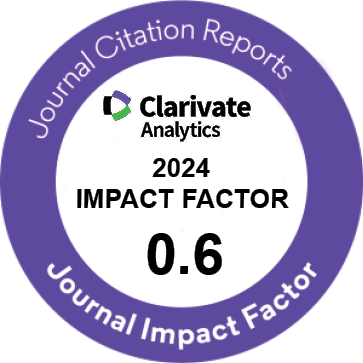| Original Article | |
| The Association of Hair Coloring During Pregnancy With Pregnancy and Neonatal Outcomes: A Cross-sectional Study | |
| Maryamalsadat Kazemi Shishavan1,2, Manizheh Sayyah-Melli2, Mohammad Reza Rashidi3, Parvin Mostafa Gharabaghi2, Morteza Ghojazadeh4, Vahideh Rahmani2, Zohreh Tahmasebi5 | |
| 1Department of Community and Family Medicine, Faculty of Medicine, Tabriz University of Medical Sciences, Tabriz, Iran 2Women’s Reproductive Health Research Center, Tabriz University of Medical Sciences, Tabriz, Iran 3Faculty of Pharmacy, Tabriz University of Medical Sciences, Tabriz, Iran 4Research Development and Coordination Center (RDCC), Faculty of Medicine, Tabriz University of Medical Sciences, Tabriz, Iran 5Talegani Teaching Hospital, Tabriz University of Medical Sciences, Tabriz, Iran |
|
|
IJWHR 2021; 9: 130-135 DOI: 10.15296/ijwhr.2021.23 Viewed : 5099 times Downloaded : 2833 times. Keywords : Apgar score, Hair dye, Infant low birth weight, Infant newborn diseases, Pregnancy, Preterm labor |
|
| Full Text(PDF) | Related Articles | |
| Abstract | |
Objectives: Using hair dye has spread globally in recent years. Concerns have arisen about the safety of hair dyes during pregnancy. The primary goal of this study was to examine the association between hair coloring and pregnancy outcomes. Materials and Methods: This cross-sectional study was conducted on 2040 pregnant women aged 14 to 48 years, in Talegani teaching hospital of Tabriz University of Medical Sciences from January 2017 to December 2019. Three trained midwives collected relevant information from the women on the admission to the labor room and recorded pregnancy outcomes. Chi-square test of independence with post hoc tests and logistic regression analysis were used for data analysis. Odds ratios with a 95% confidence interval and contributing effect sizes were reported. The significance level was set at P ≤ 0.05. Results: The majority of participants (62.67%) colored their hair in the third trimester. There was no statistically significant association between hair coloring and neonate 1-minute (P = 0.23) and 5-minute Apgar scores (P = 0.99). The logistic regression model did not confirm a rise in overall neonatal complications (NCs) associated with hair coloring at any time during the pregnancy (odds ratio [OR]: 0.027, P<0.001). Higher rates of low birth weight (LBW) were seen among those who dyed their hair in the preconception period and third trimester compared to the woman who colored their hair in the first and second trimesters (P<0.001). Conclusions: We observed associations between hair coloring and LBW, however there were no increased odds for NC. The evidence for the safety of hair dye during pregnancy is still limited. |
Cite By, Google Scholar
Google Scholar
PubMed
Online Submission System
 IJWHR ENDNOTE ® Style
IJWHR ENDNOTE ® Style
 Tutorials
Tutorials
 Publication Charge
Women's Reproductive Health Research Center
About Journal
Publication Charge
Women's Reproductive Health Research Center
About Journal
Aras Part Medical International Press Editor-in-Chief
Arash Khaki
Mertihan Kurdoglu Deputy Editor
Zafer Akan























